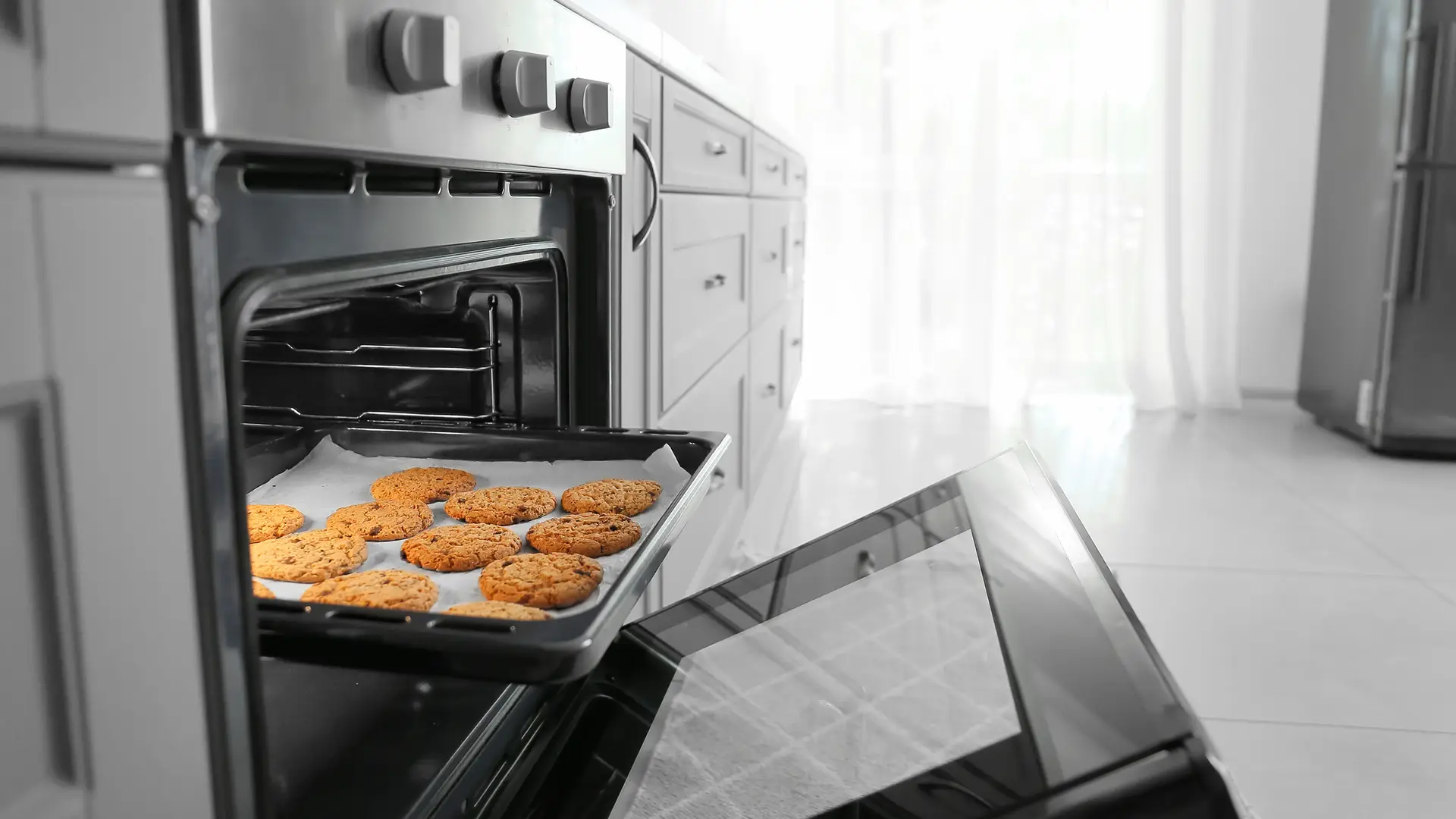
The Ultimate Guide on How Ovens Work to Cook Food
Ovens are essential in most kitchens, yet many of us don’t fully understand how they work. Whether you’re a home cook, a first-time appliance buyer, or simply curious, understanding the science behind how ovens cook food can help you get better results. In this guide, we’ll explain the types of ovens, how they generate and distribute heat, and how to use them more effectively.
What Is an Oven and How Does It Cook Food?
At its core, an oven is an enclosed space that heats up to cook food. The cooking process relies on three main methods of heat transfer:
- Conduction: Direct transfer of heat through surfaces, like a baking tray.
- Convection: Circulation of hot air within the oven.
- Radiation: Heat emitted from elements or flames.
Ovens balance these heat sources to cook food evenly, inside and out.
The Main Types of Ovens
Electric Ovens
Electric ovens use metal heating elements at the top and bottom. These elements heat up quickly and are easy to control, offering consistent, dry heat that’s ideal for baking.Gas Ovens
Gas ovens generate heat via a burner, often located at the bottom. They heat up fast and provide a moister environment, which can be beneficial for roasting meats.Fan/Convection Ovens
These ovens use a fan to circulate hot air, promoting even heat distribution. They generally cook food faster and more evenly, reducing hot spots.Steam Ovens
Steam ovens introduce moisture during cooking. They’re great for preserving nutrients, colour, and texture in vegetables, fish, and delicate dishes.Combination Ovens
These appliances combine two or more cooking methods, such as convection and steam, or convection and microwave. They offer flexibility and precision for a variety of dishes.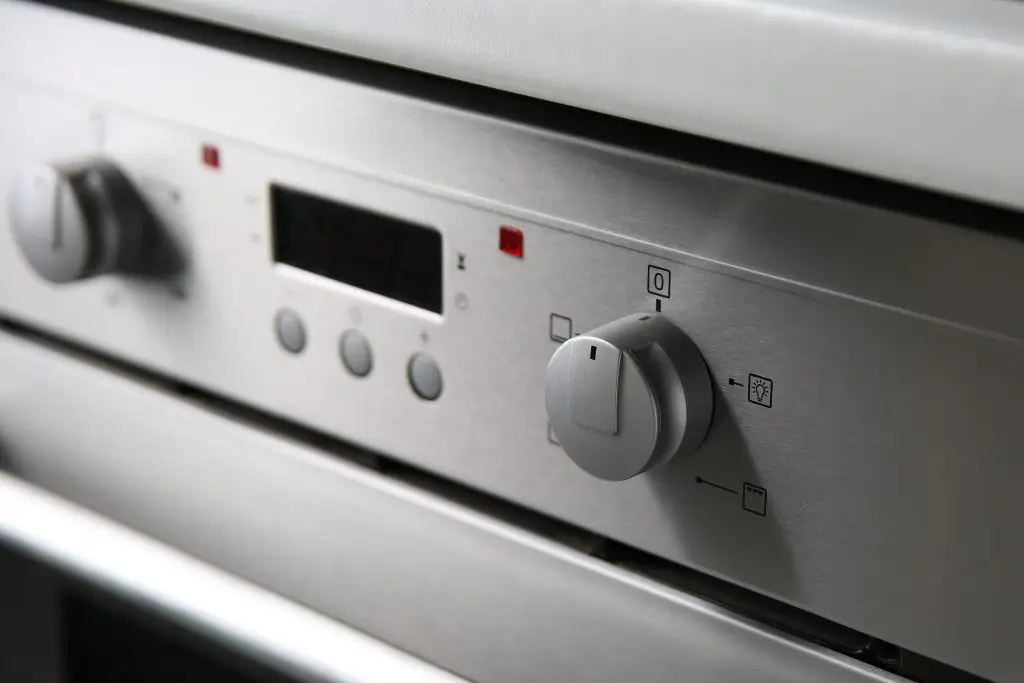
Key Oven Components and How They Work
Each part of an oven plays a specific role in delivering efficient and effective cooking. Here’s a breakdown of the essential components and their functions:
| Component | Function |
|---|---|
| Heating Elements or Gas Burner | Provide the heat source, typically at the top and bottom of the oven. In electric ovens, these are coils; in gas ovens, it’s a burner flame. |
| Thermostat & Sensors | Measure and regulate the oven’s internal temperature, ensuring it stays at the setting you choose. |
| Fan and Motor | In fan ovens, this circulates hot air around the cavity for even heat distribution and faster cooking. |
| Oven Light | Illuminates the interior so you can check food without opening the door and losing heat. |
| Door & Insulation | The oven door seals heat inside, while insulation around the cavity improves energy efficiency and safety. |
| Oven Racks & Guides | Allow you to position trays at different heights, affecting how heat reaches your food. |
| Control Panel | Lets you select temperature, cooking modes, timers, and other features, either via knobs, buttons, or a touchscreen interface. |
How Heat Is Distributed Inside an Oven
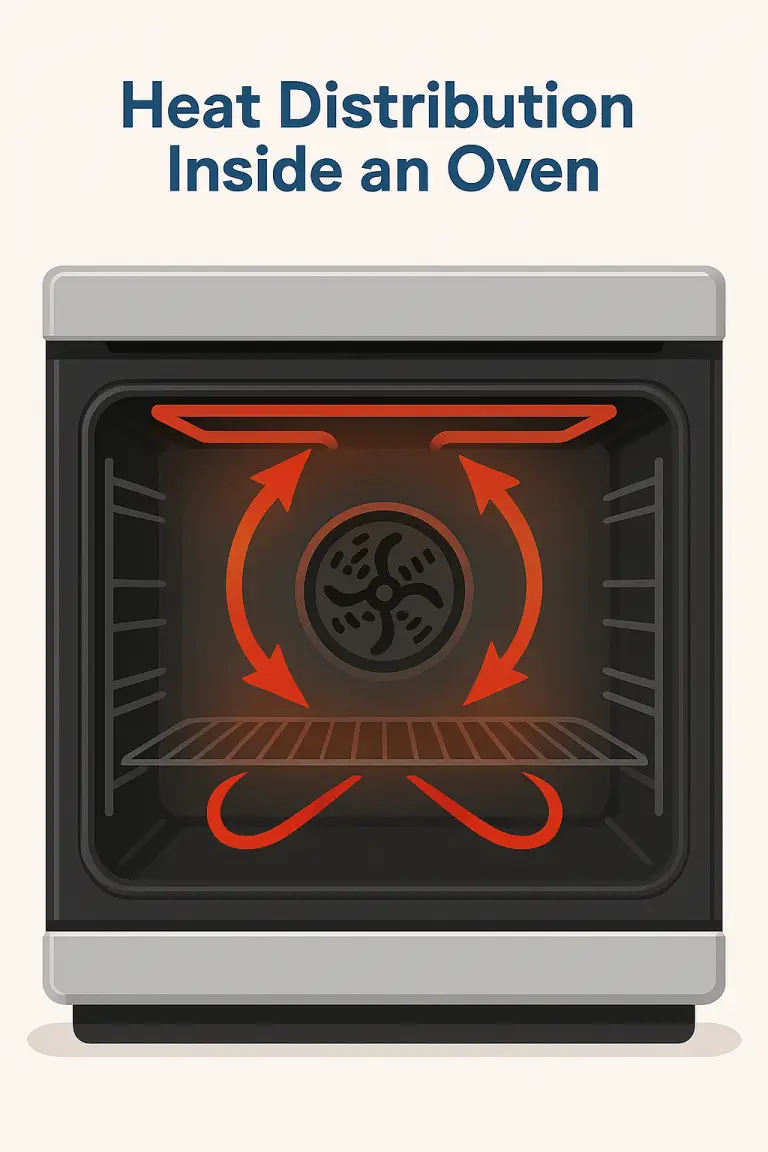
Ovens cook food using a mix of conduction, convection, and radiation. Understanding these helps you place dishes correctly and avoid uneven results.
- Conduction: Direct heat transfer from trays and oven surfaces to your food.
- Convection: Warm air rises, cool air sinks, creating natural circulation—especially in conventional ovens.
- Fan-assisted convection: A fan circulates hot air evenly, reducing cooking time and hot spots.
- Radiation: Heat from elements or flames radiates directly onto food and the oven walls.
Heat is less even in conventional ovens, with the top usually hotter. Fan ovens offer more uniform cooking. Rack position matters too:
- Top: Good for grilling and browning.
- Middle: Best for most baking and roasting.
- Bottom: Ideal for crisping bases, like pizzas.
Cooking Modes and Functions Explained
Modern ovens offer various cooking functions designed to suit different recipes and cooking styles. Understanding these modes helps you get better results, save time, and cook more efficiently.
- Fan Circulation (True Convection): Advanced fan and heating systems distribute heat evenly throughout the oven, ensuring faster cooking and consistent results on every shelf.
- Bake: Uses the bottom heating element to create a stable, dry environment. Perfect for cakes, pastries, biscuits, and bread where a steady rise and firm base are essential.
- Grill: Uses intense top heat to brown and crisp the surface of food. Ideal for grilling meats, melting cheese, or adding a golden finish to dishes. Best used with the food close to the top element.
- Roast: Combines top and bottom heat for even cooking of meats, vegetables, and casseroles. Encourages browning on the outside while cooking food thoroughly inside.
- Fan-assisted (Convection): A fan distributes hot air throughout the cavity, ensuring even temperatures. This reduces cooking times and allows multiple trays to cook at once without flavour transfer.
- Defrost: Circulates unheated or lightly warmed air to safely and gradually thaw frozen food. Faster than countertop defrosting and helps maintain texture.
- Pizza Mode: Provides intense bottom heat and fan circulation to mimic a pizza oven. Gives crisp bases while keeping toppings evenly cooked.
- Bread Proving: Maintains a low, consistent temperature with light humidity, ideal for allowing dough to rise before baking.
- Slow Cook: Uses low heat over an extended time for tender stews, pulled meats, and casseroles—mimicking a slow cooker.
- Top & Bottom Heat: Traditional heating without a fan. Good for recipes that need careful heat control or a crisp base and browned top, like lasagna or quiches.
- Eco Mode: Optimises energy use by limiting preheating and using residual heat. Ideal for long cooking times like baking potatoes or casseroles.
Modern Oven Technology Enhancements
Today’s ovens are equipped with advanced features that go beyond basic heating. These innovations improve cooking results, energy efficiency, and ease of use, making your kitchen smarter and more convenient.
- Smart Connectivity: Wi-Fi-enabled ovens let you control and monitor cooking from your smartphone. Features may include remote preheating, temperature adjustment, and cooking notifications.
- Pyrolytic Cleaning: This high-temperature self-cleaning cycle burns off grease and food residue, turning it to ash. Simply wipe it away once cooled—no chemicals needed.
- Catalytic Liners: These absorb and break down grease during normal cooking temperatures. They help keep the oven cleaner for longer with minimal effort.
- Meat/Temperature Probes: Built-in probes monitor the internal temperature of food, helping you cook meat to perfection without guesswork.
- Steam Cooking: Ovens with steam functionality can add or retain moisture during cooking. This is ideal for vegetables, bread, and delicate proteins, keeping them juicy and flavourful.
- Steam Cleaning: A gentle, eco-friendly cleaning option that uses water and heat to soften grime inside the oven cavity for easier wiping.
- Soft-Close Doors: Prevent slamming by using dampened hinges that gently close the door. Improves safety and protects internal components.
- Touchscreen or Digital Controls: Replaces dials with sleek digital displays, offering precise control over temperature, timers, and cooking modes.
- Energy Efficiency Features: Improved insulation, triple-glazed doors, and eco cooking modes help reduce energy use and running costs.
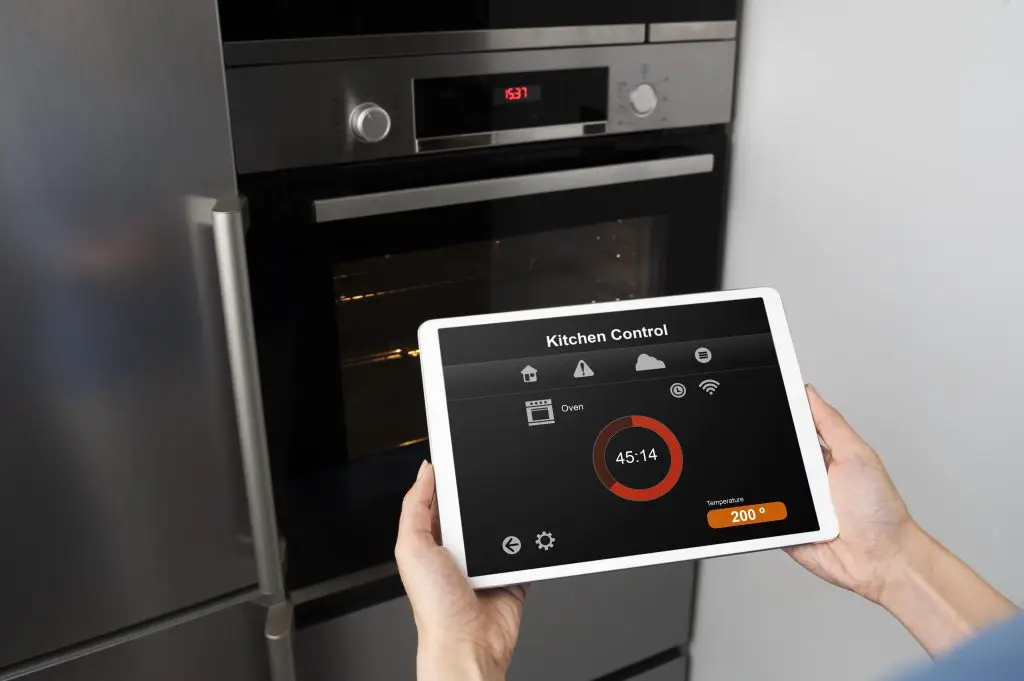
Tips for Using Your Oven More Effectively
- Always preheat your oven.
- Use the right rack position.
- Avoid opening the door frequently.
- Invest in an oven thermometer.
- Clean regularly to maintain performance.
Common Oven Myths Debunked
Conclusion
Ovens are more than just a box that gets hot. Understanding how they function can greatly improve your cooking outcomes. Whether you’re baking a cake, roasting a chicken, or reheating leftovers, knowing how your oven works will help you get the best results every time.
Explore your oven’s features, experiment with different modes, and keep this guide handy to get the most from your cooking experience.
Frequently Asked Questions
- All Posts
- Cooker Hood Guides & Advice
- Dishwasher Guides & Advice
- General Appliance Guides & Advice
- Hob Guides & Advice
- Laundry Guides & Advice
- Microwave Guides & Advice
- Oven Guides & Advice
- Wine Cooler Guides & Advice
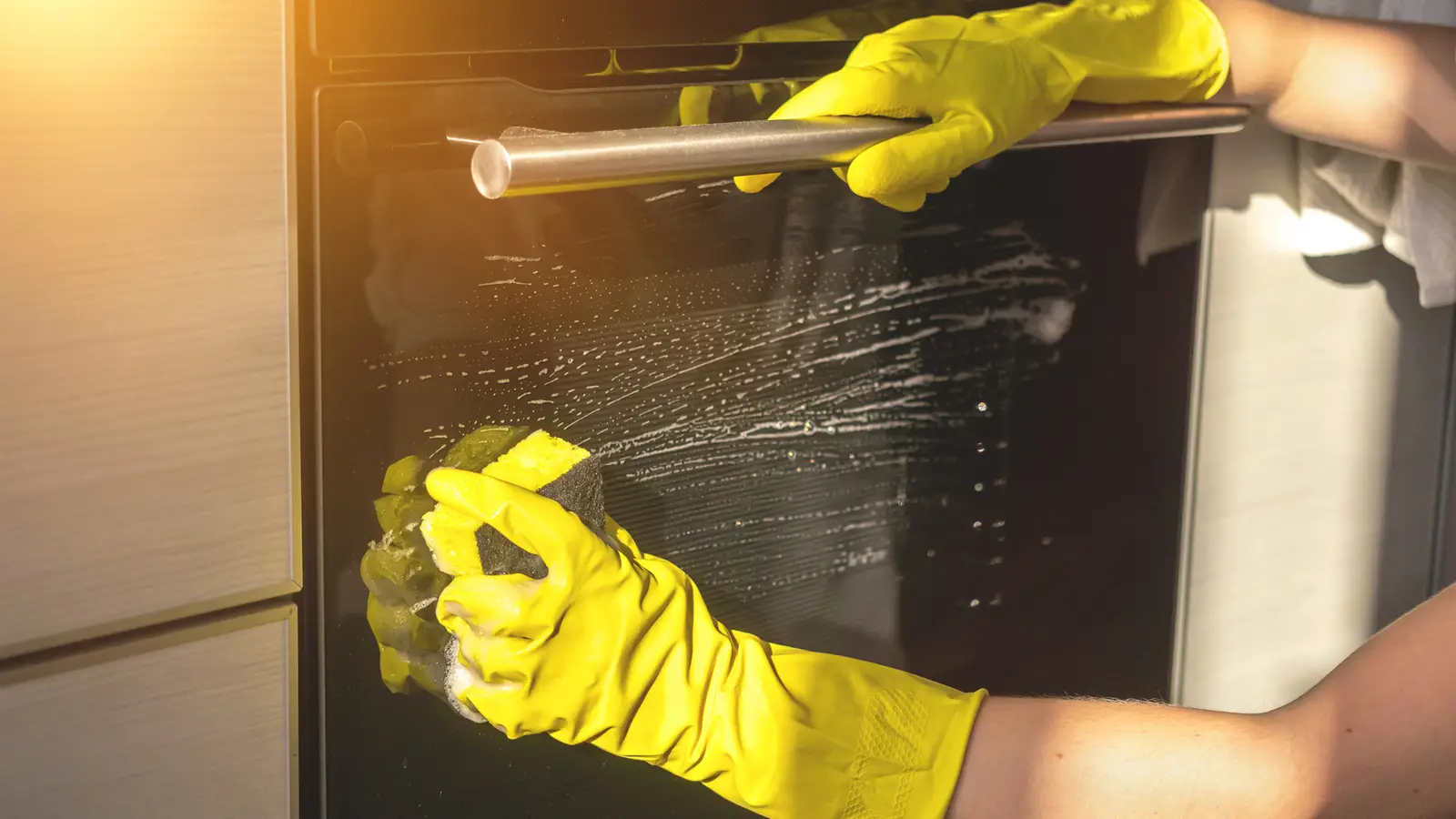
Learn how to clean glass oven door windows safely and effectively, inside and out. Follow our simple steps for clear,...

Can a ceramic hob be plugged into a normal socket? Learn the safety rules, power limits and installation advice before...
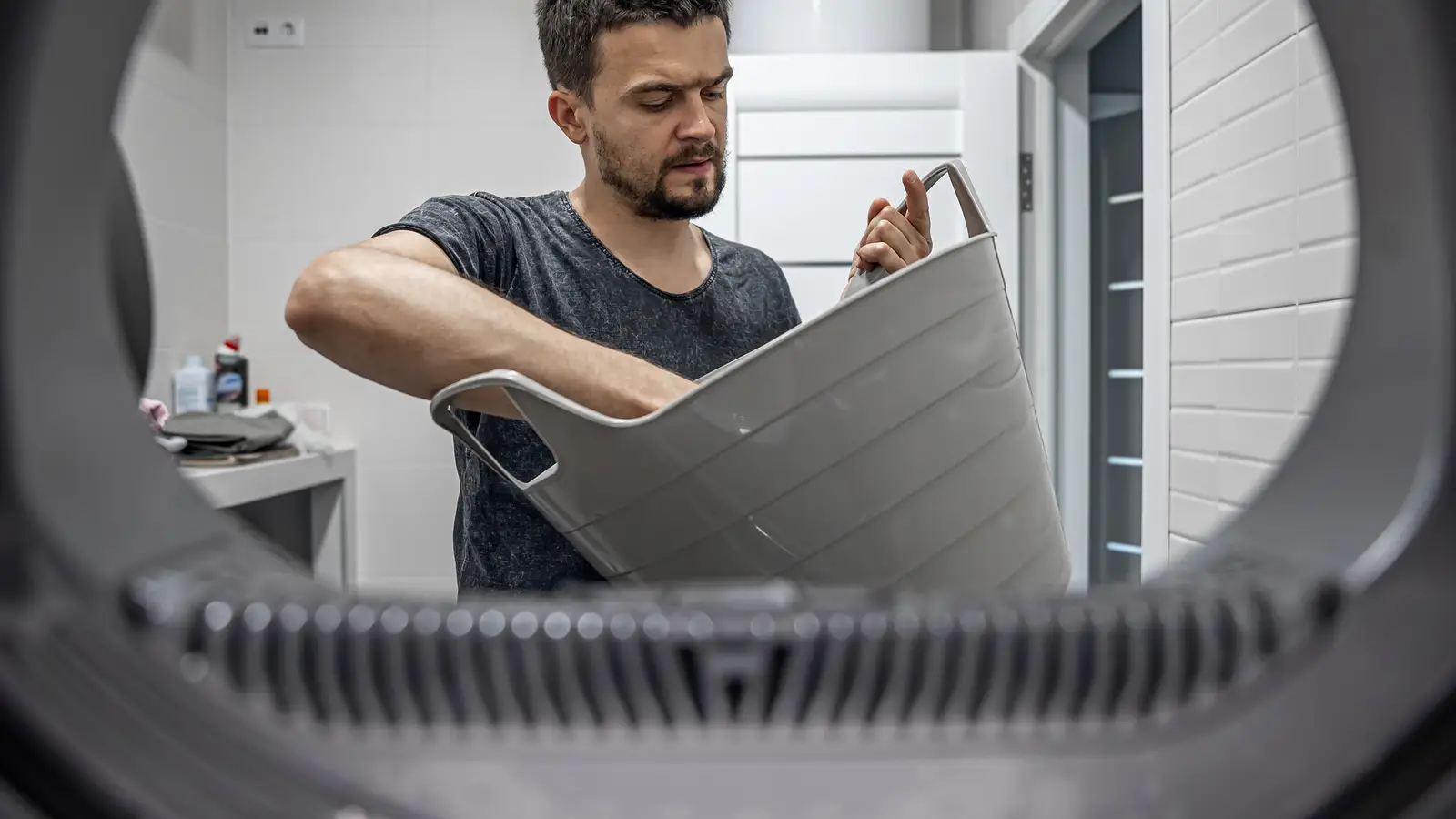
Discover how integrated washer-dryers really perform, including space, venting and drying realities. Learn what to expect before buying. Read now.

Learn what freezer burn is, how to prevent it, and keep your food fresher for longer. Follow these simple tips...
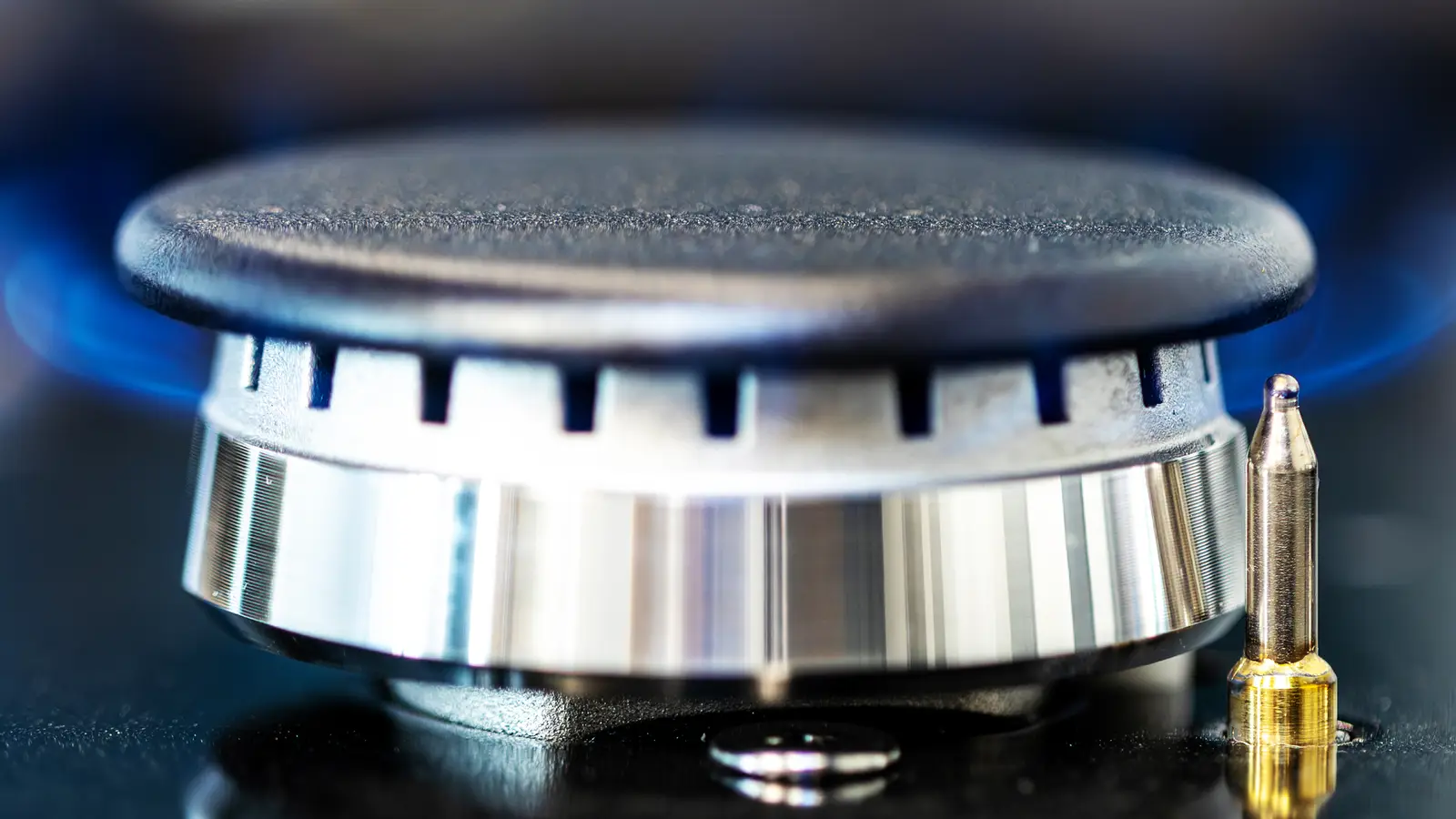
Find out if you can plug a gas hob ignition into a normal socket, plus safety rules and installer guidance....
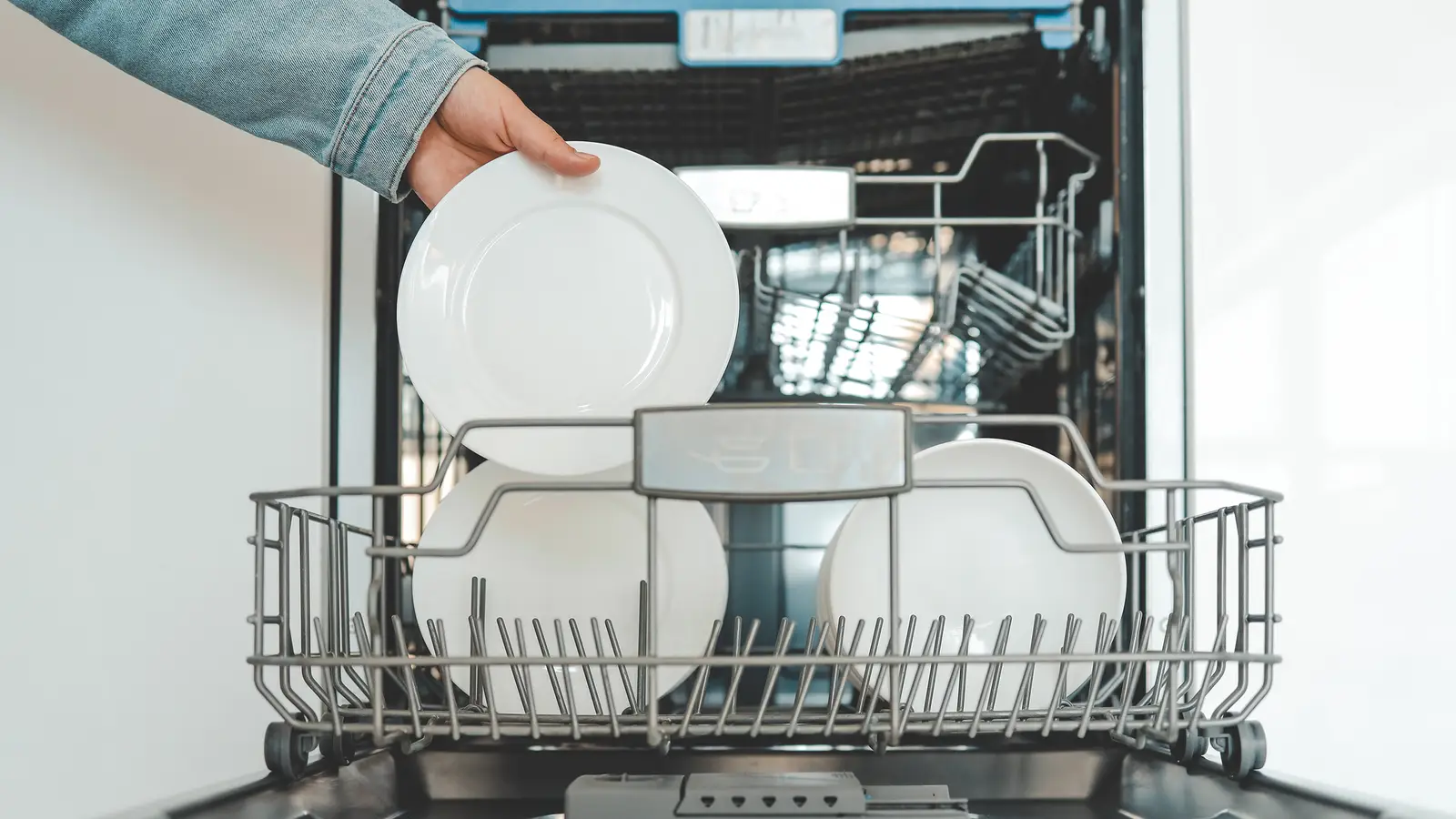
Learn what dishwasher salt and rinse aid do, why they matter, and when to refill them for the best cleaning...